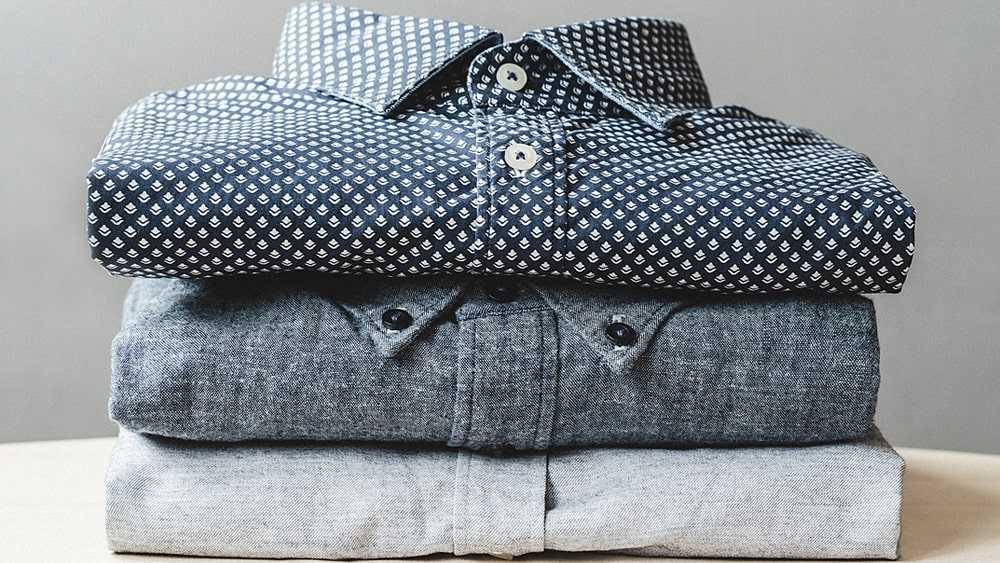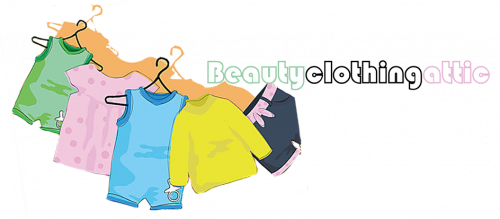
India is at the cusp of a retail revolution! Boasting a GDP growth rate of 7 per cent, far ahead of the so-called developed markets of the US, Europe, and Japan (that are expected to grow at a rate of 2-3 per cent only), and coupled with increasing disposable income and spending power of the burgeoning middle class, the country’s retail scenario could not have been more enticing.
As per statistics, the Indian retail market, which was worth US $ 641 billion in 2016 is expected to touch an overwhelming US $ 1,576 billion by 2026, growing at a Compound Annual Growth Rate (CAGR) of 10 per cent, while the fashion retail market (currently US $ 50 billion) is expected to grow at a promising CAGR of 7.7 per cent to reach US $ 104 billion by 2027. This has opened up new windows of opportunities for the Bangladeshi apparel exporters who are keen to capitalise on this huge opportunity.
An early entrant in the Indian market, Dressmen Limited (A pioneer in woven shirt manufacturing in Bangladesh with combined production monthly capacity of 800,000 pieces and catering to names such as Ralph Lauren, TESCO, VF Corporation, MANGO, Eddie Bauer, Nautica, TARGET Stores, HAGGAR, Springfield, etc.,), seems to have a definite advantage vis-à-vis the new comers.

“India is very promising. It has a very large population with considerable buying prowess. Dressmen is amongst the first to export to India and we started with manufacturing for Peter England. Currently, we are supplying to Max, Pantaloons, Red Tape, etc.,” maintains the young and suave Director of the more than three-decade-old company, Maashed R. Abdullah while underlining that multi-national brands and retailers operating in India would have to source from Bangladesh considering its price-competitiveness and expertise.
Maashed’s observations seem bang-on in the light of the recent export figures. Bangladesh’s apparel exports to India saw a steep climb during the July-March 2018 period – amounting to an increase of more than double. As per BGMEA data, apparel export to India saw an increase of 111 per cent (on a point-to-point basis) in this time period. In monetary terms, the total apparel export amounted to US $ 218 million, what was US $ 97 million at the same time last year, while as per Bangladesh’s Export Promotion Bureau, between July and December last year, garment shipments to India increased 5.99 per cent year-on-year to fetch US $ 111.33 million.
What’s more, Global retail giants like H&M and Walmart have already started sourcing from Bangladesh to cater to the Indian consumers, with many more following suit. With a host of retailers increasing their footprints in the country, sourcing from Bangladesh is set to get a further boost.
If M&S and GAP are planning to open another 50 stores in India in the next 2 years, Adidas India Private Limited has outlined plans to open around 30-40 big flagship stores across Delhi, Mumbai, and Bengaluru, by 2020, which in turn has prompted many more to enter the lucrative Indian market. Only recently, Uniqlo announced its first store to open in Delhi in 2019. Aeropostale, an American teen fashion retailer, has chosen to enter India over China, and expects India to be among its top three markets over the next four years with revenue target of US $ 74.12 million. Ikea has already opened its first store in Hyderabad while future stores are reportedly planned in Mumbai, Delhi-NCR, Bengaluru, Pune, Surat, and Ahmedabad.
The Indian Government’s recent move to double import duty on 328 textile products from 10 to 20 per cent is going to play in Bangladesh’s favour, feel the experts. “This decision will not impact the imports from Bangladesh since there is a full exemption of ‘Basic Customs Duty’,” reportedly maintained Chairman of Confederation of Indian Textile Industry (CITI) Sanjay Jain while speaking to the media.
Even the domestic brands and retailers are increasingly getting dependent on Bangladesh for their requirements and Maashed seems to have the inkling why? “India basically has three main seasons- the pre and post-wedding and the festival season. Considering the country’s population and its demand which peaks during these periods, the retailers have no option but to source from Bangladesh to meet the requirements,” winds up Maashed on an optimistic note.

Leave a Reply